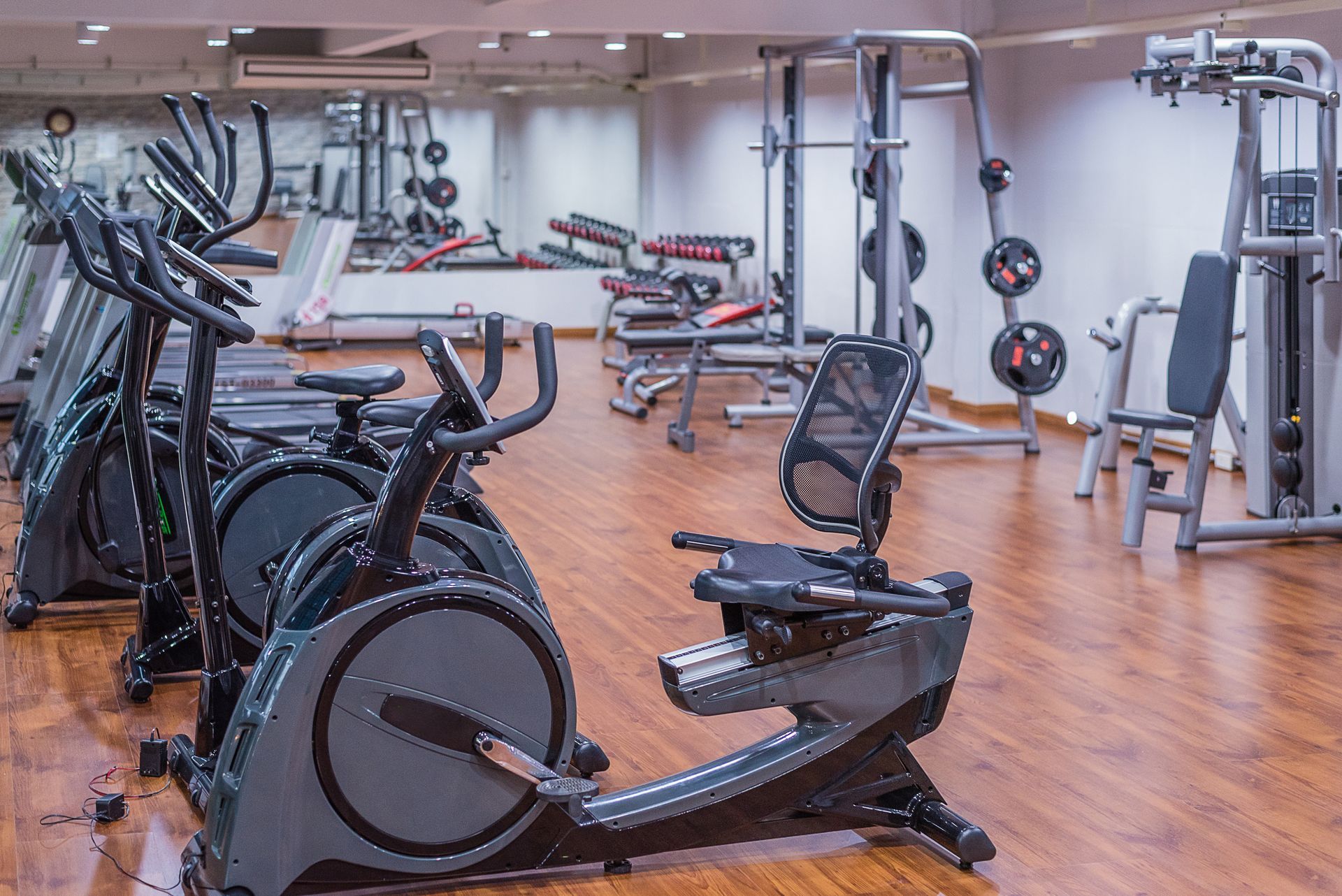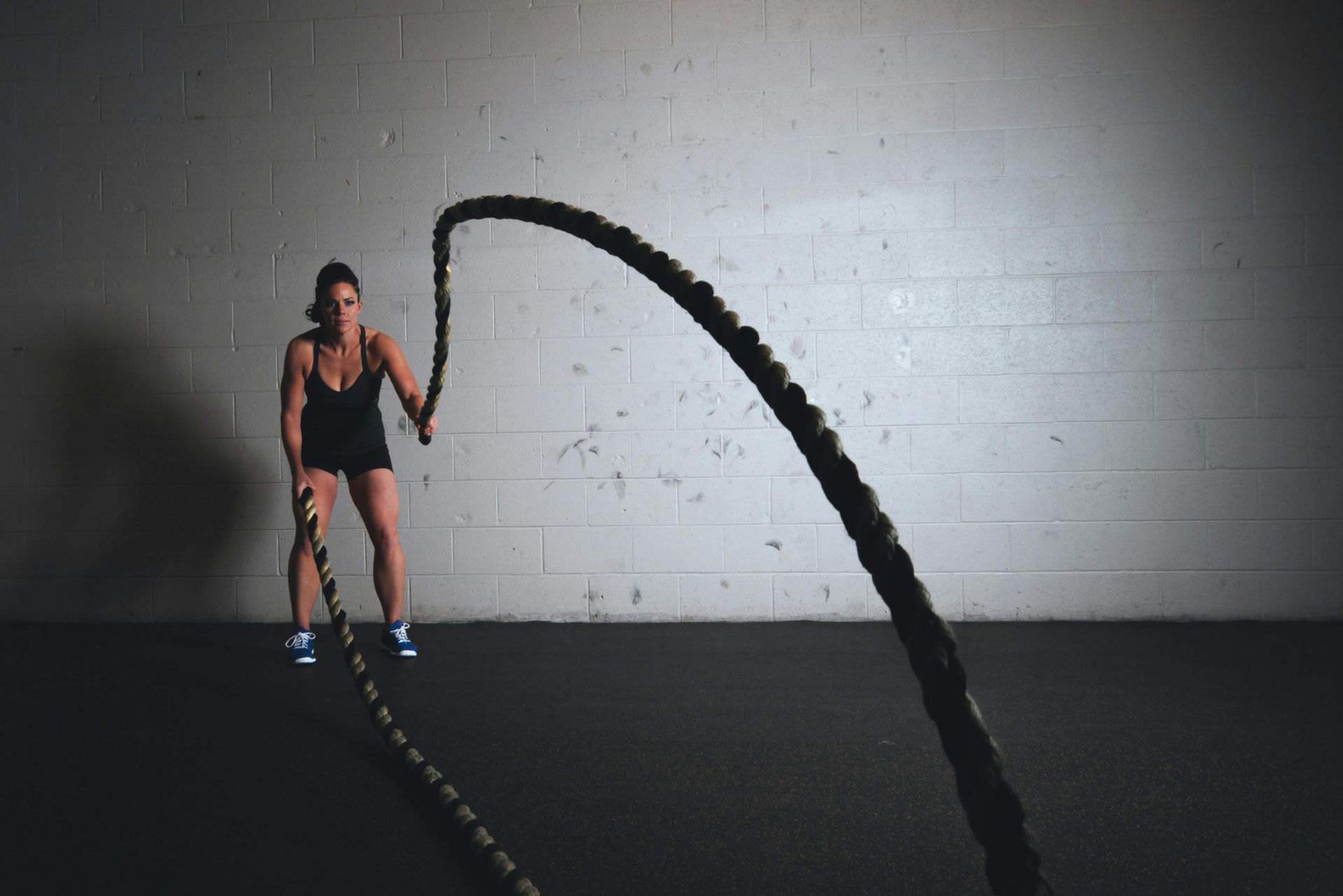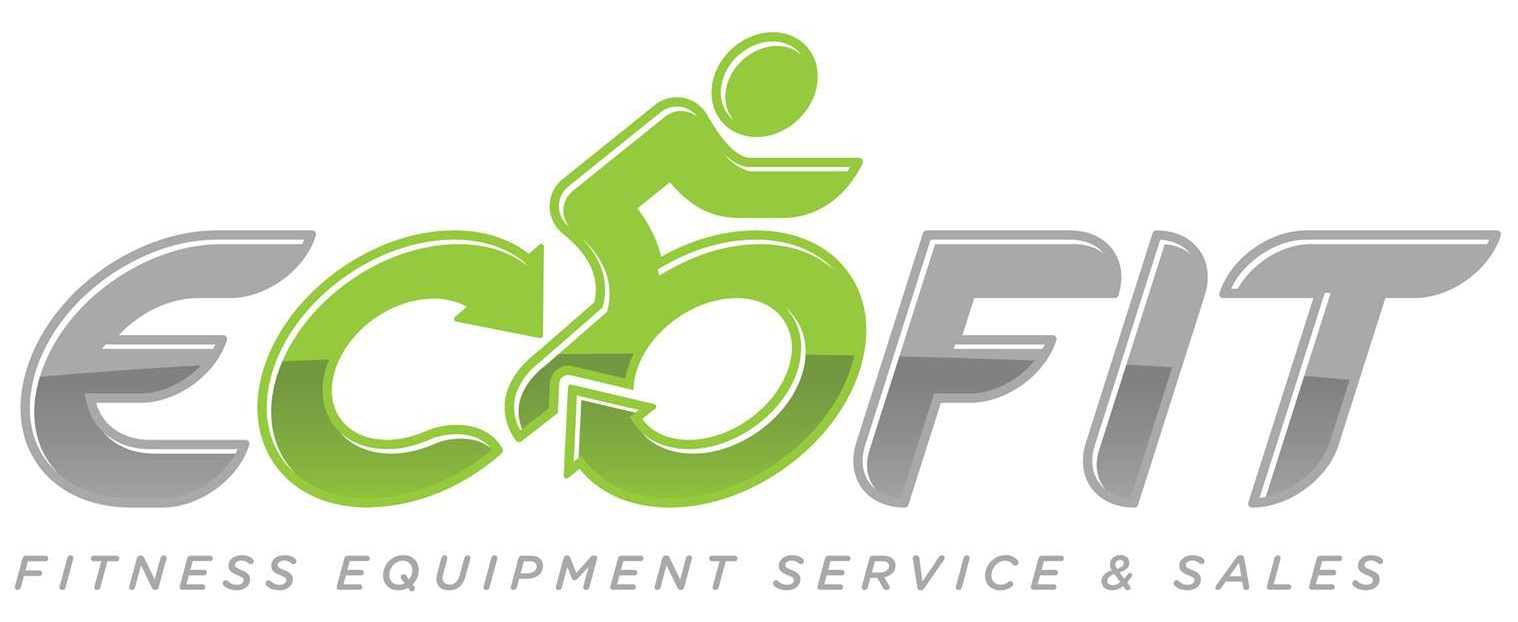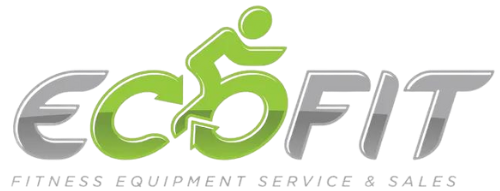Comparing New Vs. Refurbished Gym Equipment: Which is the Better Investment?
When setting up or upgrading a gym in the St. Louis area, one of the most critical decisions gym owners face is whether to invest in new or refurbished gym equipment. Both options have their advantages and disadvantages, and the best choice often depends on the specific needs and goals of your facility. This comprehensive guide explores the pros and cons of buying new versus refurbished gym equipment, providing insights to help you make the best decision for your gym in St. Louis.
Understanding the Basics: New vs. Refurbished Equipment
Before diving into the pros and cons, it’s essential to define what we mean by "new" and "refurbished" gym equipment:
- New Equipment: This includes the latest models directly from manufacturers, often featuring cutting-edge technology, the newest designs, and typically accompanied by full warranties. New equipment is generally perceived as the gold standard, especially for high-end gyms that prioritize the latest in fitness trends.
- Refurbished Equipment: Refurbished gym equipment refers to machines that have been previously used but restored to a good working condition. This process can include replacing worn-out parts, applying a new coat of paint, and ensuring that the equipment functions as intended. Refurbished equipment can range from lightly used to more extensively repaired units, depending on the source.
The Pros and Cons of New Gym Equipment
Pros of New Equipment:
- Latest Technology and Features:
- New gym equipment often comes with the latest advancements in fitness technology. Whether it's integrated touchscreens, virtual training programs, or advanced tracking capabilities, new machines can provide a modern and engaging workout experience. For gyms in St. Louis aiming to attract tech-savvy clientele, staying current with these features can be a significant draw. In a city where competition among gyms is growing, offering cutting-edge equipment can set your gym apart and attract members who are looking for the latest innovations in fitness.
- Longer Warranties and Support:
- Manufacturers typically offer longer warranties and more comprehensive customer support for new equipment. This can provide peace of mind for gym owners, knowing that any potential issues will be covered, and help is just a phone call away. In the St. Louis market, where reliability is key to maintaining member satisfaction, having a warranty that covers repairs or replacements can save you from unexpected expenses and downtime.
- Brand Image and Market Positioning:
- For premium gyms or new fitness centers in competitive areas like St. Louis, the brand-new equipment can help position the gym as a leader in the industry. Offering the latest and greatest can be a key selling point for attracting new members who want access to the best resources. This is particularly important in urban areas like downtown St. Louis, where there is a concentration of high-end gyms catering to professionals and fitness enthusiasts who expect top-tier facilities.
- Reduced Maintenance Costs:
- Since new equipment is less likely to suffer from wear and tear, gym owners may experience lower maintenance costs in the initial years. This can result in smoother operations and fewer interruptions for gym members. In a bustling city like St. Louis, where member retention is closely tied to consistent service, minimizing equipment downtime can have a direct impact on your gym's reputation and profitability.
Cons of New Equipment:
- Higher Initial Costs:
- New gym equipment comes with a premium price tag. For gym owners operating on a tight budget, the upfront cost can be a significant barrier. This is especially relevant in areas like St. Louis, where local market conditions might dictate more conservative spending. The higher cost may limit the amount of equipment you can purchase, potentially affecting the variety of workout options you can offer your members.
- Depreciation:
- Like many other assets, gym equipment depreciates over time. The moment new equipment is installed, its resale value begins to decline. This can be a consideration if you plan to upgrade equipment regularly. In a market like St. Louis, where trends can change quickly, investing in equipment that rapidly loses value might not align with your long-term business strategy.
- Longer Lead Times:
- Depending on the supplier and the specific equipment ordered, there may be longer lead times for delivery. This could delay the opening of a new facility or the upgrade of existing spaces. For gyms in St. Louis eager to capitalize on new member sign-ups or seasonal fitness trends, delays in equipment arrival can be a significant setback.
The Pros and Cons of Refurbished Gym Equipment
Pros of Refurbished Equipment:
- Cost-Effectiveness:
- The most significant advantage of refurbished gym equipment is the cost savings. Refurbished machines can cost 30-70% less than their new counterparts, allowing gym owners to allocate their budget to other important areas like marketing, facility upgrades, or expanding service offerings. This is particularly advantageous for gyms in St. Louis that are looking to maximize their investment in a competitive market without compromising on quality.
- Faster ROI:
- Lower upfront costs mean gym owners in St. Louis can achieve a faster return on investment (ROI). This can be particularly beneficial for new gyms looking to stabilize cash flow in their early stages. A faster ROI allows gym owners to reinvest in other areas of their business, such as member retention programs or additional services, which can help grow their client base more quickly.
- Potential for High-Quality Deals:
- With careful selection, it’s possible to find refurbished equipment that is nearly as good as new. Many pieces of equipment are refurbished by professionals who restore them to a high standard, sometimes replacing parts with upgraded components that improve performance. For gyms in St. Louis that are focused on delivering high-quality experiences without the high costs, refurbished equipment can offer the best of both worlds.
Cons of Refurbished Equipment:
- Variable Quality:
- The quality of refurbished equipment can vary widely depending on the refurbisher's standards. Some equipment might not be as reliable or long-lasting as new machines, leading to higher maintenance costs over time. In St. Louis, where customer expectations are high, consistently dealing with equipment malfunctions can harm your gym's reputation and lead to member dissatisfaction.
- Shorter Warranties:
- Refurbished equipment typically comes with shorter warranties, if any. This lack of coverage can be a risk, as any repairs or replacements needed down the line could fall entirely on the gym owner. In a competitive fitness market like St. Louis, where minimizing operational costs is crucial, the potential for unexpected expenses on refurbished equipment can impact your bottom line.
- Limited Availability:
- Unlike new equipment, where you can order exactly what you need, refurbished equipment availability depends on the market. You might have to compromise on brands, models, or even the number of machines. For gyms in St. Louis that have specific brand preferences or need uniformity across their equipment, the limited options available in the refurbished market might not meet their needs.
- Outdated Technology:
- Refurbished equipment is often older, which means it may lack the latest technological features. This could be a drawback for gyms in St. Louis looking to attract younger, tech-savvy members. In a city where innovation and modern amenities are increasingly important to gym-goers, offering outdated equipment might make it harder to compete with newer facilities.
Factors to Consider When Choosing Between New and Refurbished Equipment
- Budget:
Your budget is likely the most significant factor influencing your decision. If you have the capital to invest in new equipment, it can provide long-term benefits in terms of reliability and member appeal. However, if budget constraints are a concern, refurbished equipment offers a way to stretch your dollars further without compromising on the quality of your gym. In St. Louis, where the cost of doing business can vary greatly depending on location, being mindful of your budget while still offering high-quality equipment can be a key to success. - Gym Demographics:
- Consider the demographics of your target market in St. Louis. If your gym caters to high-end clients who expect the latest features and the best equipment, new machines may be the better investment. On the other hand, if your clientele is more budget-conscious, they may be more forgiving of slightly older or refurbished equipment. Understanding the specific needs and preferences of your local market can help guide your decision and ensure that your investment aligns with your members' expectations.
- Frequency of Use:
- How often will the equipment be used? High-traffic gyms with heavy equipment usage may benefit from the durability and reliability of new equipment. For smaller gyms or those with lighter traffic, refurbished equipment might be sufficient and more cost-effective. In St. Louis, where gyms can range from large commercial facilities to boutique studios, matching the equipment's durability to your usage patterns is essential for long-term success.
- Brand and Model Preferences:
- If you have a preference for certain brands or models, availability might dictate your choice. Some top-tier brands hold up well over time and are often available in refurbished form, offering a balance between quality and cost. For gyms in St. Louis that are known for specific brands or types of equipment, maintaining consistency can be important for member satisfaction and brand identity.
- Long-Term Business Goals:
- Consider your long-term business goals. If you plan to expand or upgrade your facilities in the near future, investing in new equipment might be a better choice to ensure consistency and longevity. Conversely, if you are testing a new market or business model, refurbished equipment allows for flexibility without a significant financial commitment. In St. Louis, where the fitness industry is continually evolving, being able to adapt quickly to changes in demand or market conditions can be a crucial advantage.
Making the Decision: What’s Right for Your St. Louis Gym?
Ultimately, the decision between new and refurbished gym equipment depends on your specific circumstances. For gyms in the St. Louis area, this choice should be guided by budget, target market, and long-term goals.
New equipment offers the latest technology, longer warranties, and a pristine brand image, making it ideal for high-end gyms and those seeking to attract tech-savvy members. However, it comes at a higher cost, which may not be feasible for all gyms.
Refurbished equipment, on the other hand, provides a cost-effective solution that can still deliver high-quality performance if chosen carefully. It's an excellent option for budget-conscious gym owners or those looking to test new business models without significant upfront investments.
By carefully weighing the pros and cons and considering the unique dynamics of the St. Louis market, you can make an informed decision that aligns with your gym's mission and goals. Whether you choose new or refurbished equipment, the key is to ensure it meets the needs of your members and supports the long-term success of your fitness business.
Conclusion
The decision between new and refurbished gym equipment is one that gym owners in St. Louis must approach with careful consideration. Both options offer distinct advantages and potential drawbacks, and the best choice ultimately depends on your specific circumstances and business goals.
For those looking to position their gym as a leader in the industry with the latest technology and features, investing in new equipment may be the right choice, despite the higher initial costs. On the other hand, for gyms that need to stretch their budget further, refurbished equipment provides a viable alternative that can still offer high-quality performance.
Regardless of which path you choose, the most important thing is to align your equipment investments with your long-term business objectives and the needs of your members. By doing so, you'll be well-equipped to succeed in the competitive fitness market in St. Louis and beyond.
Have EcoFit Consult on your next project






